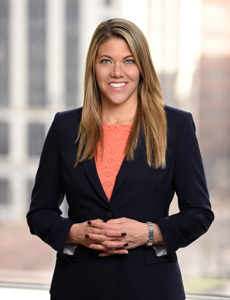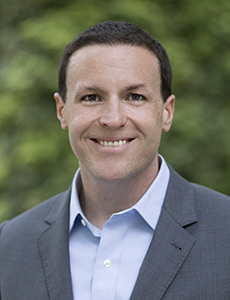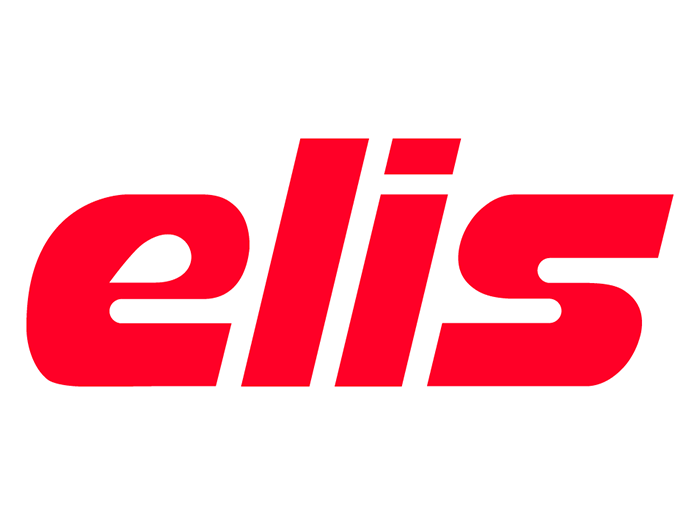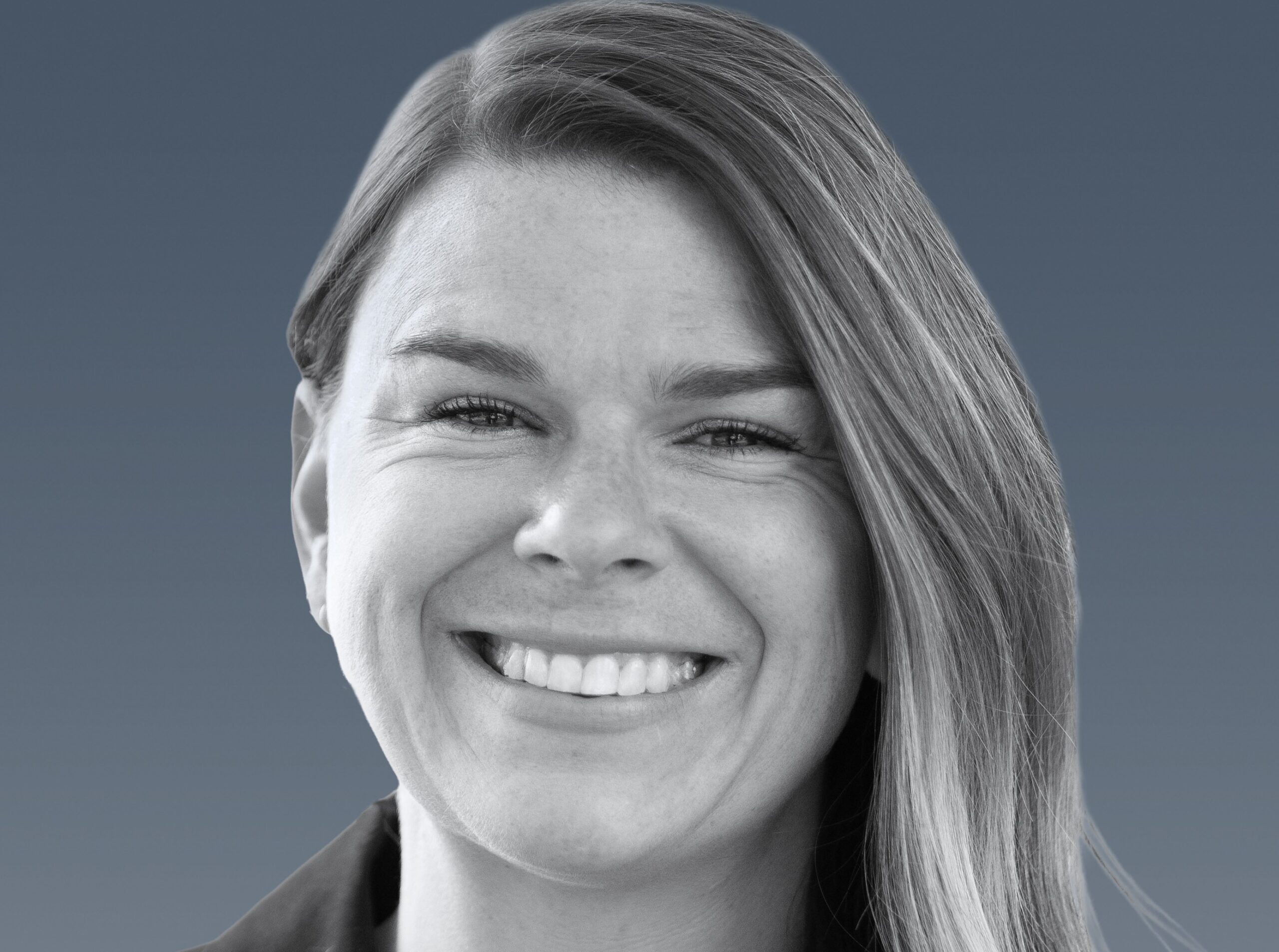Ironshore and Liberty Mutual Experts Address the Steep Challenges Ahead for the Health Care Industry

Throughout the COVID crisis, the brightest spotlight has shone on the health care industry, and the lengths to which the pandemic has stretched this vital resource.
However, it’s easy to forget the pressures the health care industry — and health care professionals — were already under, even before the strain of 2020.
As we look ahead to the remainder of the pandemic period, as well as to a post-COVID world, the risks facing one of our most life-sustaining industries will need acute attention.
Risk & Insurance® recently spoke with Lainie Dorneker, president, IronHealth, Ironshore’s healthcare division and Jeff Duncan, SVP & chief underwriting officer, Healthcare Practice, Liberty Mutual, about the top industry issues on their radar.
Risk & Insurance: Mental health and burnout are top of mind right now across every industry. In health care, these issues have been acute for a protracted period of time. Pandemic-level overwork, exhaustion and the mental and physical demands of the work are obviously exacerbating a very well-known problem. What worries you most about this difficult trend?
Jeff Duncan: Burnout can be invisible, at least in the short term. This is a war effort, and COVID will be the defining event in the careers of an entire generation of health care professionals. A war effort takes a toll.

Lainie Dorneker, president, IronHealth
The best health care organizations are investing in clinician and employee wellness. Those that haven’t may not see the problem until it’s too late — until the medical errors spike, until experienced clinicians retire, and until some simply buckle beneath the massive stress of this experience and need serious interventions.
Lainie Dorneker: One thing that jumped out at me from a recent study by Stanford, was that pre-crisis, half of the survey respondents had reported symptoms of burnout. Ten percent said they had made at least one major medical error in the last three months.
If you think about that exacerbating in the time of COVID, it’s pretty scary.
Burnout also ties in to patient satisfaction. Whether or not patients are happy with their care or will ultimately make some sort of a claim is highly influenced by the bedside demeanor of health care professionals. And I don’t think burned out health care professionals can necessarily perform at top levels of professionalism.
JD: The industry should talk more about mental health. Remind your staff about employee assistance programs. A number of facilities are bringing counselors onsite regularly, including some who have experience with post-trauma and battle fatigue, because that’s what health care workers are experiencing right now.
LD: For people who were, and are, in the thick of it, that can’t be forgotten. There needs to be a long-term focus on mental wellness and emotional wellbeing. We also need to think about personal resilience and mindfulness training, and some of the other programs that can foster wellbeing.
R&I: Worries about burnout will only deepen as the health care workforce ages. Some reports suggest that nearly half of U.S. registered nurses will reach retirement age this year. This is a risk that could impact the health care community on a myriad of levels. Where do you see the key pain points for the industry, and where do you think the industry needs to focus in order to find solutions and prevent a dangerous gap?
JD: In the long-term, this is about strategic workforce planning, which means it’s a long game. The best organizations are going way upstream. They’re not starting at the talent recruitment process. They’re reaching out to high schools and talking to kids about careers in nursing and playing those odds — if I get enough people interested in nursing and enough follow through with nursing school, then I can start to fill my talent pipeline effectively.
So, I think organizations need to be thinking out ten years. Not just, “How do I fill a spot on this shift at this facility next week?”
Another big thing that employers can do is try to make the job more attractive. Now is not the time to reduce staffing levels – it makes the job a lot more difficult and a lot less attractive to people who might be thinking about either staying in the job or getting into it as a new recruit.
Better organizations are engaging more employee populations in major decisions because it creates engagement and ownership. So by making the work environment more attractive, and engaging employees in the job, you retain and attract more talent.
R&I: Deepening these risks are worries about the underlying financial well being of health care institutions. A June report from the American Hospital Association estimates total losses for the nation’s hospitals and health systems to reach $323.1 billion in 2020. What does that dramatic a loss mean and where will it be felt most?
LD: For me, an area of concern is organizations’ abilities to provide quality care by the most experienced staff possible. Can they actually make investments in that cutting-edge technology that can make surgery safer and more effective? Do they have the ability to monitor post-op care?

Jeff Duncan, SVP & chief underwriting officer, Healthcare Practice, Liberty Mutual
We have a lot of clients that are very sophisticated and that retain a large portion of their risk. If their financial condition deteriorates and the frequency and severity of losses increase, I think that self-insured layers could become really stressed.
To exacerbate that, we’re now in a hard market where there’s an expectation that those SIRs are going to increase even more. Can they actually afford to take on that risk of that SIR? How much risk management are they actually investing in? I think that’s really the question. … We’re also asking, as underwriters, whether our customers are investing in a culture of wellness.
JD: Organizations that live hand-to-mouth can’t invest in the future, so we pay attention to it with every client we talk to. We worry about it for the industry, because we want the whole industry to be healthy.
One resounding lesson is that organizations need to create capital reserves and create some financial flexibility or they’re at the mercy of just one month of problems bringing their whole organization down.
R&I: Viewed as a whole, the risks ahead remain daunting. How is this overall picture of risk impacting the market, and what can health care industry insureds expect as they approach renewals?
LD: The fact is the insurance industry is also bearing an increased risk. We know the rates in the health care liability sector have been very depressed. And we are going into a hard market, and there’s a reason for a hard market.
These risks are still shifting dramatically — one could say they’ve shifted even more while we’ve been talking this past hour.
The recognition of that increased risk was slow in coming, unfortunately, but people are recognizing it now. The industry and the loss ratio are such that we just can’t maintain the status quo, as hard as that might be. We know these industries are hard hit, but we all need to be responsible in our pricing of the risk.
R&I: Right now, the health care industry is running on adrenaline to get through this next wave and whatever follows. There is a concern that once the adrenaline subsides, once all the wear and tear has been assessed and the new landscape is clear, the level of disruption will be profound. What concerns you most for the long-term health of the industry, and what response would you like to see from a health care organization perspective, from an insurance industry perspective, and from a regulatory/legislative perspective?
LD: From a regulatory and legislative perspective, we think that liability protections can provide marked relief post-pandemic. If and when plaintiff attorneys pursue claims against these health care workers and facilities that are doing their very best to provide care, we need to have reasonable liability protections. Having some consistency would be a real help in managing those claims.
JD: The last 10 months have really put in the media and the public mind the link between healthy activity and health outcomes. I’d like to see regulators, NGOs, health care organizations and Americans start a conversation about public health.
Moving from a sickness treatment system to a wellness system … it’s better financially, but also better for quality of life for the entire country if we start thinking more about wellness and orienting the industry around wellness as opposed to orienting around the treatment of illness.
COVID was not a black swan event. Black swan events are highly unpredictable and difficult to foresee. We always knew there was going to be a global pandemic. It was a question of when. Let’s not waste a crisis. Let’s remember the lessons from COVID and be more prepared for the next one. &










